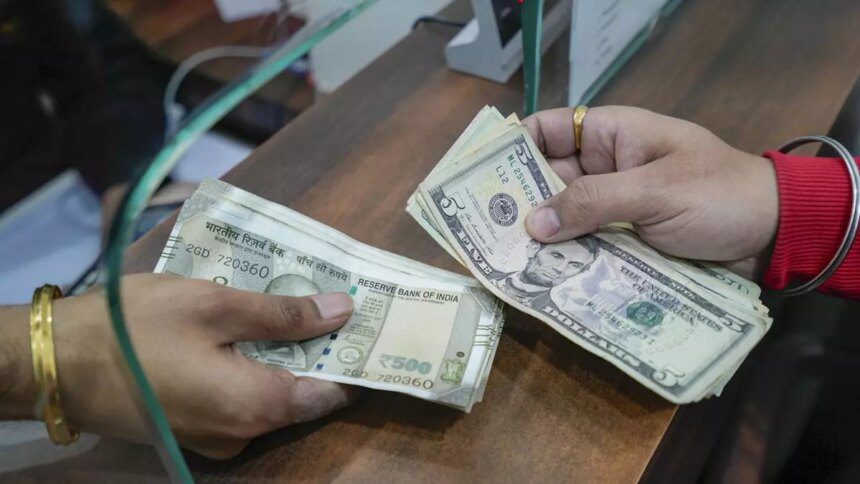The rupee saw a significant rise of 0.7 per cent against the US dollar on Tuesday, marking its highest gain in almost two years and closing at ₹86.83. This surge was primarily driven by active intervention from the Reserve Bank of India, according to traders.
RK Gurumurthy, the treasurer at Karnataka Bank, stated that the RBI had reportedly spent around $10 billion over the past two days in its intervention efforts. This move by the RBI was seen as timely and essential to curb the rupee’s weakness, especially considering the dollar’s strength in other markets.
Amit Pabari, MD at CR Forex, noted that a net inflow of ₹295 crore, predominantly into debt markets, initially boosted the rupee. Seizing the opportunity, the RBI intervened aggressively by reportedly selling $4-5 billion through state-run banks in the local spot market. This action, coupled with exporters unwinding positions as stop-loss levels were breached, further propelled the rupee’s momentum.
Looking ahead, Gurumurthy believed that the rupee would eventually revert to the mid-to-lower 80s range against the US dollar, following RBI interventions. Paras Jasrai, Senior Economic Analyst at India Ratings & Research, pointed to the strong dollar due to prospects of high tariffs impacting US inflation and the Fed’s monetary policy. This pressure on the rupee could see it testing the 88-mark in the near term and potentially reaching the 90-mark.
Pabari suggested that the rupee might trade within the 86.60-87 range in the coming days. Market participants are keeping a close watch on the meeting between Prime Minister Narendra Modi and US President Donald Trump on February 12-13, particularly regarding any developments on tariffs.
Overall, the outlook for the rupee remains contingent on various factors, including global economic conditions and geopolitical events, with the RBI’s interventions playing a crucial role in stabilizing the currency.










